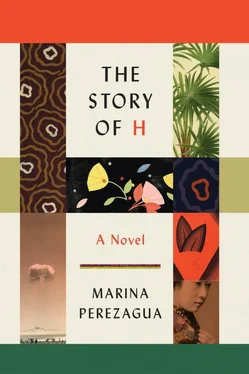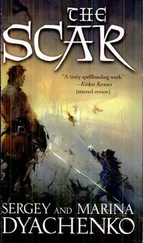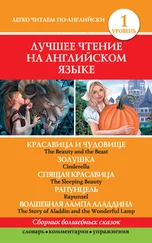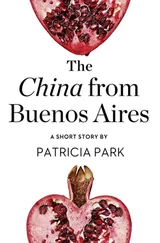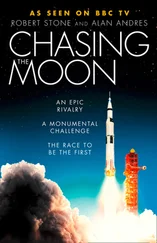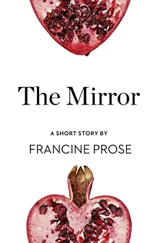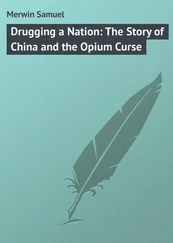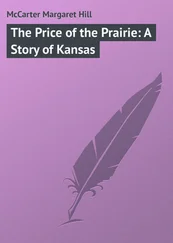I reckon I knew Jim’s significance from the beginning, so I started scribbling a few notes, and naturally the writing accumulated over our years together. I never realized the material might come in handy later, maybe today, for reconstructing the story that gives the fire meaning. Guided by the notes, then, I’ll try to articulate the long journey, which I suspect is now reaching its conclusion.
BEFORE WE MET, before ever acknowledging my role in his life, Jim had been one of the American soldiers in occupied Japan. For a long time, his days came and went, shorn of significance; he was simply an officer occupying the territory of his commission. There were only minimal assignments undertaken to help the country recover, and as a result, the changes were also minimal. There was nothing to give purpose to a soldier’s life, neither in humanitarian aid—which in those days hadn’t yet been defined as such—nor in terms of personal or national self-interest.
Jim didn’t know at the time that these were the months when our union really began, before we ever met, when the base gave him custody of a baby in May 1950. He told me the baby had been delivered unannounced, given like any other order, like his assignment to occupy the region. At first he rejected the infant, but they bonded very naturally by the end of the first day, when he realized this almond-eyed baby just might be a catalyst for the reconciliation he’d sought for the past six years, since the Japanese shipped him off to Manila with sixteen hundred North American prisoners. Everything Jim had suffered on that ship and the misery of his captivity prior to that turned to benevolence when he felt the delicate heft of the baby in his arms for the first time. He’d never completely overcome the lasting ache of what had happened to him, but this tiny girl, this victim of the United States, was like a piece of fruit placed in a weighing dish that struck a balance in the division of cruelties perpetrated on either side.
The ship where Jim had been confined was built in Nagasaki in 1939, and was initially intended as a Japanese passenger cargo ship. It was christened with the name Oryoku Maru . The ship was later repurposed as a floating prison, earning the moniker “Ship of Death.” Jim never liked to talk about what went on there—his memories were too disturbing—but a few years ago, some of the accounts General MacArthur had tried to destroy came to light because George Weller, the author, had stored carbon copies in his trunk. They were recovered by his son, who delivered them for publication. They helped me fill in some of the gaps in Jim’s testimony.
The Oryoku Maru, then, was intended to transport hundreds of Japanese civilians. The American prisoners would be confined to the hold. The voyage, which the prisoners expected to take some ten days, ended up lasting seven weeks. Jim said if he had known what was in store, he would have let the Japanese soldiers run him through with one of the bayonets they used to herd the soldiers into the ship. If so, if Jim had ended his life then and there, I would have grown to be a timorous woman, obedient and gloomy, a twenty-year-old cadaver waiting forty, sixty, seventy years for someone to come and lay me to rest. But Jim couldn’t imagine what was in store, and so he made it through. Of the sixteen hundred and nineteen prisoners, only some four hundred survived (the exact number is unknown). A hundred of them arrived so far gone already that they perished before being turned over to the authorities on land, and as many died in Japanese work camps. It’s believed that only around two hundred of the initial sixteen hundred and nineteen actually survived through liberation in 1945. Jim was twenty-nine at the time, and one of the survivors. I give thanks for it still, every day of my life.
I MET JIM IN NEW YORK on April 27, 1960. There are four medieval cloisters in the northern part of the city, in Fort Tryon Park, brought over from France stone by stone. The gardens are carefully groomed—then as now—in the tradition of Romanesque horticulture. That day the skies cleared up for the first time after weeks of rain, and I walked from cloister to cloister following the movement of the sun. I’d emptied my mind of thought; all I wanted was to keep warm and abandon myself to the simple pretensions of a sunflower, when someone said, “The sun makes for strong bones. You need it if you spend winter in the city.”
I glanced over my shoulder and there was Jim, sitting on the ground with his back against the stone wall. He was looking at me. His words must have been directed at me. I drew closer and he said, as if picking our conversation right back up from where we had left off, that according to Herodotus the Egyptians already knew the sun was good for the bones, which they reckoned was why the skulls of their dead withstood so much more than did the skulls of their Persian enemies, which could be crushed artlessly with a simple rock. Egyptians knew not to protect themselves from the sun as children, while the Persians wore turbans that blocked it out, not allowing it to strengthen their crania. The stranger said his name without asking for mine, and gracefully segued from Persian and Egyptian bones to pointing out the park’s variety of indigenous birds and flowers. I was amazed at how many different species he could name when for me the world was divided in only two: plants and animals.
A few hours later in a nearby café, still chatting with the same fluid grace, he said that like me, he too was searching for something. The context of the search was the same, World War II; he had lost something in the war, while for me something had been won. The crucial word for both of us was daughter; for Jim it was about his missing daughter, while for me it was about a daughter that I’d never conceived. As we left the café, I could detect the velvety touch of synchronicity, an inkling that the relationship between both of our explorations might meld our two paths into one.
I found my answer as to how almost immediately, when he told me the story of his heartache. The more I learned about the daughter who was taken from him when she turned five, the more I identified his missing girl with the child I wasn’t able to deliver myself. Every time Jim shared things about her, the desire to find her grew stronger in my mind and heart, and eventually in outward ways too, as in my breasts, in whose swelling came the proof that hope, under special circumstances, can produce milk just like gestation. My milk ducts reacted with a pasty liquid that dried up a few weeks later, probably obeying the messages relayed from my brain warning that the nine months of a normal pregnancy would have to extend over a much longer period of time in a case like this.
What I didn’t know was that my so-called psychological pregnancy would initiate a journey that began in Japan and would end in Africa. Here was the speedy head of a spermatozoon—the atomic bomb of Hiroshima—and over there its little tail—a fire in the Democratic Republic of the Congo. Thousands of victims of the first atomic bomb on this side; a few deaths by fire on the other in a land where cadavers pile one on top of the other daily from hunger, from slavery, from illness, until their number matches the number of victims of the bomb. From wartime Japan to contemporary Africa, a seventy-year span outlined by this sperm-comet whose current flows from the Japanese genocide to where I am now in this African land, sweeping me along with it together with shrapnel from the bomb itself. I take in the view here of life spread across the continent where the first human was born only to die, over and over again.
* * *
I once heard a forestry expert say that woodland trees are not individual beings, but units that together form an organism that exchanges carbon dioxide and nitrogen underground through bulbs, mushrooms, and roots. The breath of one tree comes from the lungs of another. A tree’s quality of life and longevity depend on the others around it. My life is rooted in Jim’s story, and his life bears the marks of mine. Jim and I were—are—part of the same rhizome, trees connected through the first atomic mushroom. The weapon planted us in the same forest when it was christened seven months after they boarded Jim on the Oryoku Maru, changing history, touching my life in such a peculiar way that today it’s still hard for me to describe things from the distance I read in historians’ accounts. They don’t move me in their writing; they don’t affect me. There’s no sting when I read a history book, and I find it difficult to understand how anyone can try to explain a war without its causing heartache or provoking empathy. Historians like to say it’s being impartial, but pain can be communicated from impartiality too. I call it indifference, which means being partial to the victors, doing them a service. Doing you a service. Just a few pages into my testimony and already I’ve forgotten that I’m writing mostly to you.
Читать дальше
